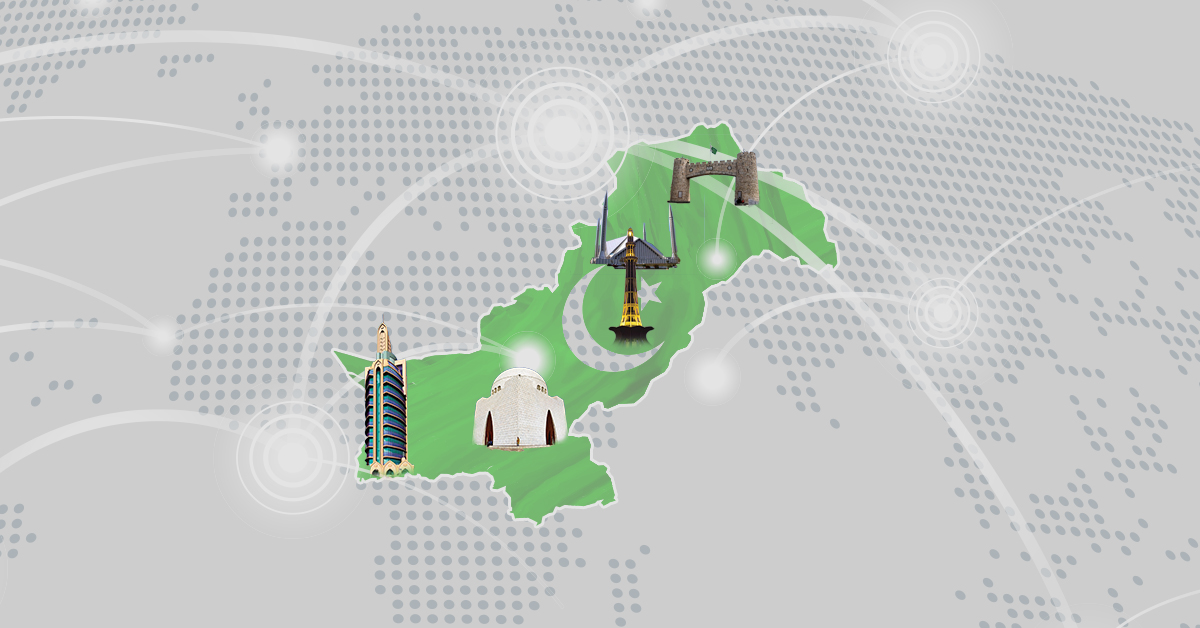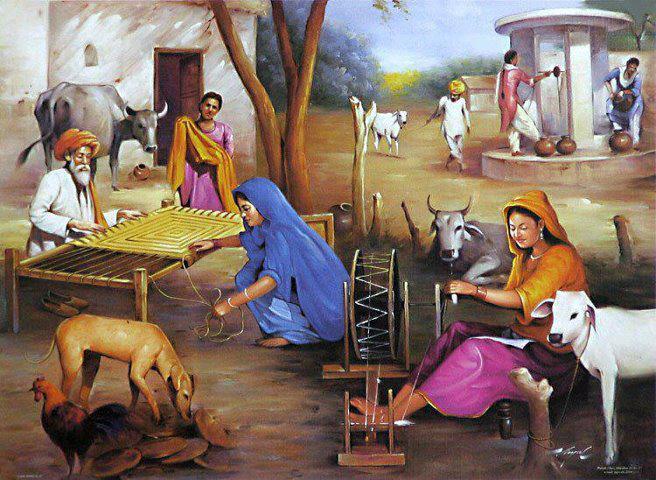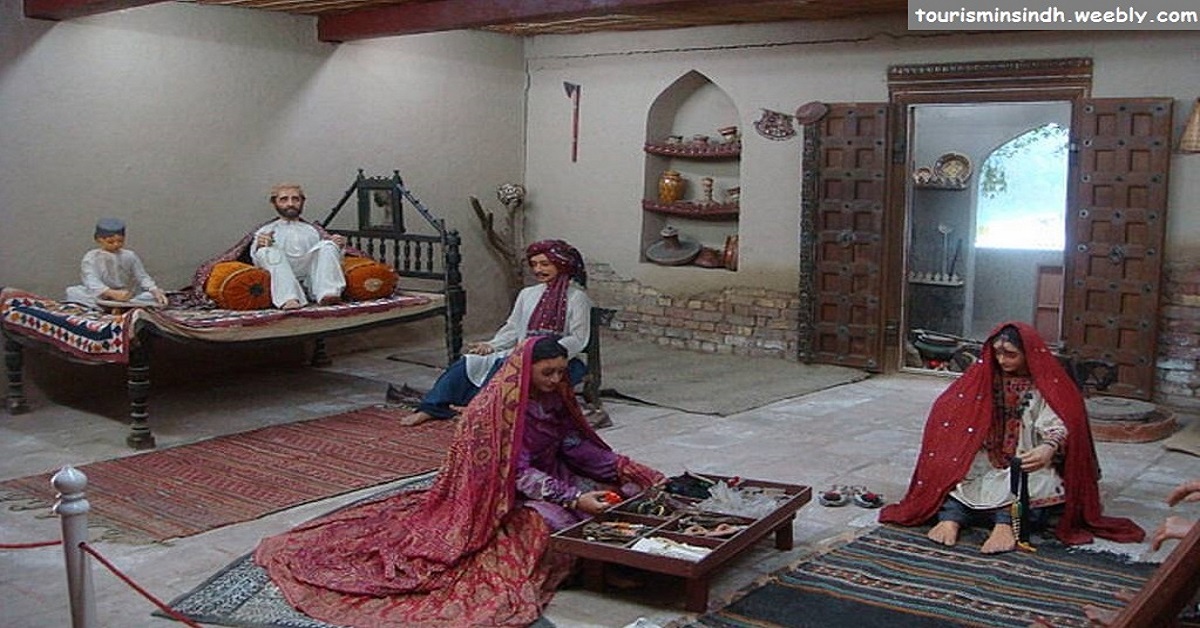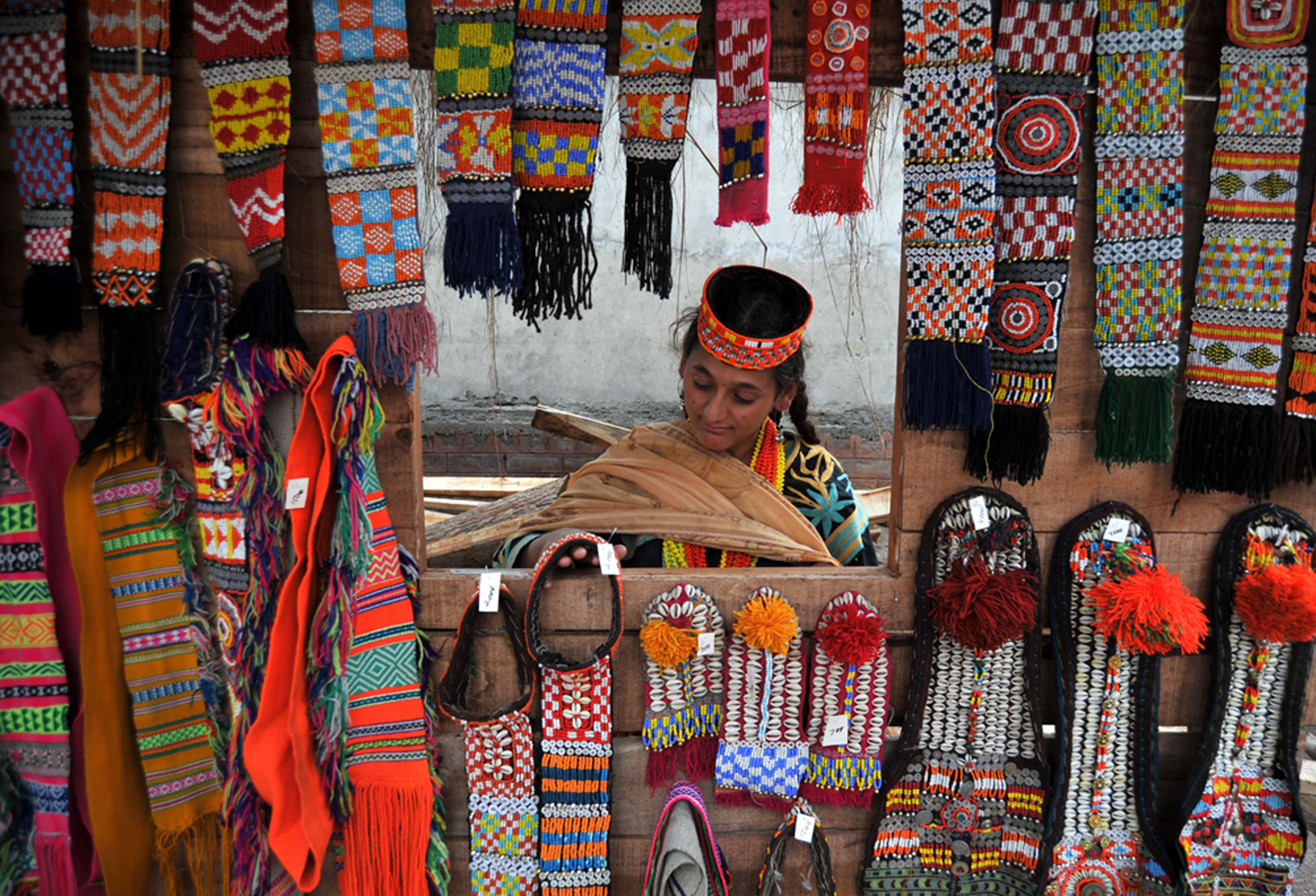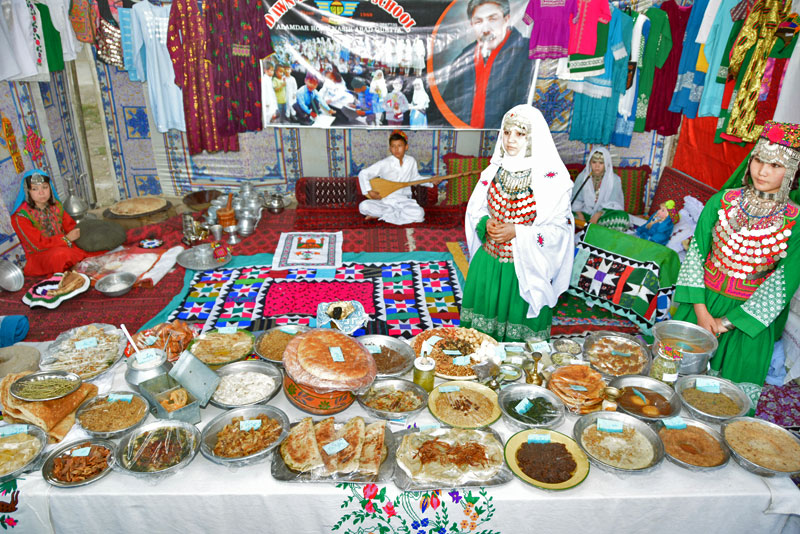Throughout history, cultures have been the forms of expression that have expressed the characteristics and knowledge of a group of people, society or country. This is the sum of all human knowledge, beliefs, and behaviours. If you’re looking for information about the cultures of Pakistan, you’ve come to the right place. The aim of this article is to describe Pakistan’s most important cultures and their beauty. For the most comprehensive information about Pakistani culture, stay with this article to the end.
Pakistan is a multi-ethnic country located between India and Iran and Afghanistan at the east and the west borders. As a result of its long history of conquest and migration, Pakistan has become a diverse society. In terms of ethnic groupings, the state has many: the Punjabis, Pothwaris, Saraikis, Sindhis, Kashmiris, Makrani, Muhajirs in the south; Baloch, Hazaras and Pashtuns in the west; Wakhi, Dards, Shinaki, Baltis, and Burusho populations in the north.
Languages in Pakistan
The official language of Pakistan is Urdu, but only 8% of the population speaks it as their first language; 48% speak Punjabi, 12% Sindhi, 10% Saraiki, 8% Pashtu, 3% Baloch, and 11% speak other languages. Pakistan’s elite and most government ministries speak English as their primary language. There is a strong similarity between Hindi and Urdu, but it is written in an expanded Arabic alphabet. During the early days of Indian colonization, the languages of Arabs, Persians, and Turks were combined with native Sanskrit to form Urdu.
Here are more details on Pakistan’s diverse culture and traditions according to its provinces.
Culture of Punjab
There are five rivers in Punjab (also called the Land of Five Rivers), which is Pakistan’s largest populated area. Punj and Aab are the two individual words that make up Punjab; Punj means Paanch (5), and Aab means water or river. Culturally and in terms of carnival, it shares many values with Indian culture. A total of 56% of the population of Pakistan lives in Punjab. In total, there are 36 districts, and approximately 50-60% of the economy is generated by these districts. The provincial capital of Punjab is Lahore.
There is nothing more fun-loving and warm than the Punjabi people. They are known for celebrating each and every tradition of their culture and are a heterogeneous group of tribes, clans, and communities. Punjabi is the provincial language of the province. Punjabi is the native language of the vast majority of people in Punjab and is even understood and spoken in areas outside of Punjab. Some famous poets of Punjabi are Mia Mohammad Baksh, Sultan Bahu, Baba Farid, Waris Shah, Shah Hussain, Anwar Masood etc. Heer Ranjha is considered the Shakespeare of Punjabi literature for its seminal contribution to Punjabi literature.
Punjabi men wear the Pagri (turban), dhoti or lacha, as well as a kurta and khusa. It is common for women to wear gharara, choridar pajamas, or colourful shalwar kameez, paranda, choli/dupatta, khusa, or tillay wali jutti. As for the men and women in urban areas of Punjab, they generally wear different types of shalwar kameez, mostly in keeping with the latest trends and fashions. Weddings in Punjabi have evolved from traditional times into a range of customs and ceremonies. Punjabi music and dance are most commonly associated with the genre and style of Bhangra. Punjabis are passionate about folk music and songs. Punjabi music, such as Qawali, is known throughout the world.
Culture of Sindh
Pakistan’s Sindh province is located on its southern border and named after one of its major rivers, the Indus. Sanskrit refers to Sindhu as “an ocean,” hence the name of the province. Ancient roots of this area can be found in the Indus Valley Civilization, which was a Bronze Age civilisation and urbanized around 3000 BC by the Dravidian culture. In addition to a large number of natural resources, the country has a large desert region. The provincial capital of Sindh is Karachi.
Wearing Ajrak is an iconic symbol of Sindhi culture, and it is a common sight among both Sindhi’s and non-Sindhi’s. As a symbol of Sindhi culture and hospitality, the shawl is also often presented to guests by hand-dying as an object of cultural expression. The idea of forcing a specific cultural symbol into a dress code in government schools, on the other hand, is fascinating and controversial. Locals organize different festivals to give people new things to buy on the occasion of Eid. Professionals perform the Bhagat Folk dance at different times to entertain the visiting crowd.
Sindhi’s have a strong agricultural mindset. Those nearby who engage in farming on the fertile lands in the Indus Plains find treasures of profit. Additionally, people in Upper Sind can actively engage in inland fishing alongside the Indus, offering more opportunities to the locals. There could frequently be seen an itinerant way of life in the Thar desert and the human populations, as well as their animals, move from region to region to track down the water sources.
Culture of Khyber Pakhtunkhwa (KPK)
Pakistan’s beautiful province Khyber Pakhtunkhwa, sometimes abbreviated as KP or KPK, was formerly known as the North-West Frontier Province. It is one of the four provinces in the country. This area of the country lies along the Afghan-Pakistan border, in the northwest. Its provincial capital is Peshawar. According to the census of 2017, its population is 35.53 million people. In terms of population and economy, Khyber Pakhtunkhwa is Pakistan’s third-largest province, despite the fact that geographically it is the smallest
Cultures in the Pashtun region are based on Islam and Pashtunwali, a traditional way of life. Lodi, Suri, Hotaki, Durrani, and Barakazi are some of the most well-known tribes in Khyber pakhtoonwar. The majority of Provincials speak Pushto as their first language. Second-language speakers of Urdu, the national language, make up the majority of the population. KP uses English as its official language and literary language. God has blessed KP with many natural resources like gas, oil fields, mines of marble, gemstone, emeralds, wood (biggest producer in Pakistan, Sui Gas, Electricity, steel, Uranium, lithium, salt, coil, etc.
There are a number of tourist destinations in Peshawar including Abbottabad, Kaghan Naran, Swat, Bahrain, Madain, Malam Jabba, Buner, Chitral, and Laram Ghar Kumrat. In normal circumstances, male Pashtuns wear a ‘Partoog-Korteh’ (Shalwar Qameez in Urdu) along with a ‘pakul’ (Pashtun Hat). Peshawar’s young men tend to wear white kufis in contrast with the Kandahar region’s young men wearing topis. A ‘karakul hat’ may sometimes be worn by tribal chiefs and leaders, including Hamid Karzai.
Culture of Balochistan
Balochistan is a vast expanse of land, which offers access to every kind of resource. Located on the Iranian plateau, it occupies the southeast part. Central Asia and the Middle East, which are neighbouring geopolitical regions, are located there. There are so many interesting places in its surroundings, such as Mineral Resources, Archeological sites, Historical Background, Culture, Political Institutes, Ethnic groups, Geographical Location, Languages, Literature and Strategic Importance. Doubtless, the above-mentioned fields of study are still unexplored and need more space research and exploration.
Contrary to the common perception of Balochi culture, it is quite different. Balochistan features a wide range of ethnicities as its cultural landscape. The literature, beliefs, moral order, and customs of people even if they speak different languages are similar. The Baloch culture is full of traditions, arts and crafts, even though Balochistan is an area of barren lands, deserts and mountains. Women are most commonly involved in Balochi embroidery, which is a form of art. Also known for its festivals and tribes, Baluchistan offers a variety of cultural experiences. It is also distinct about Baloch culture to have a tradition of storytelling. It is a cultural honour for Baloch poets and storytellers to be respected in Baloch society.
Even though Baluchistan has a relatively small population, it is characterized by a wide range of tribal and racial diversity. Many residents of the city and small towns speak more than two languages. The majority of the population understands and speaks Urdu, the national language along with Balochi, Pashto, and Brahvi. While there are some minor differences between Balochi, Pashtoon and Brahvi dress, all three are very similar. Men commonly wear turbans as headwear. All wear loose, wide-legged shalwars (similar to loose pants) and knee-length shirts. A typical shirt is worn by the woman, which has a large pocket on the front.
